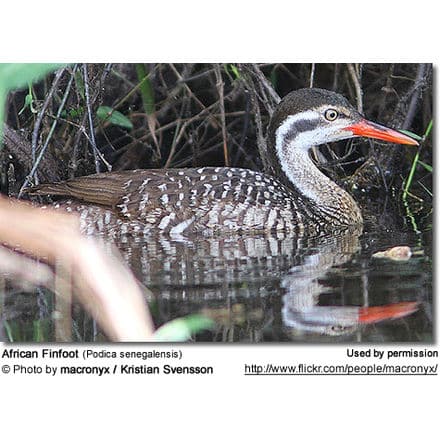Moriche Oriole
The Moriche Orioles, Icterus chrysocephalus, is a passerine bird in the New World family Icteridae. It is unrelated to Old World orioles (family Oriolidae). This bird is noted for its close association with the palm Mauritia flexuosa (Moriche, Buriti, Ita, Ité, etc.).
This ecologically distinct bird was formerly treated as a species of Icterus chrysocephalus. It was eventually found to be embedded in the Epaulet Oriole (I. cayanensis) clade.
Thus, for example, the AOU since 2005 lumps the Moriche Oriole into I. cayanensis. The subspecific structure of I. cayanensis is still rather puzzling.
Distribution / Range
The Mochique Orioles is a breeding resident in the tropics of eastern South America. It breeds from eastern Colombia, Venezuela, Trinidad, and the Guianas, and south to eastern Ecuador, Paraguay, and northern Brazil.
The Trinidadian population may have originated from recent colonisation or escapes. It is most common from sea level up to 1,600 ft (500 m) ASL, but here and there it reaches up to around 3,300 ft (1,000 m) in the eastern foothills of the Andes, which mark the western border of its range.
The Moriche Oriole is a bird closely associated with Moriche Palms (Mauritia flexuosa), and it is found in the forests, swamps, or savanna where that tree occurs.
It is affected to some extent by trapping for the cagebird trade but can cope with heavy disturbance to its habitat as long as some Moriche Palms remain.
Breeding / Nesting
Its nest is a long hanging basket of grass and other plant fibers, suspended from the end of a Moriche Palm branch.
The normal clutch is two dark-spotted pale blue or white eggs.
Description
This is a slim bird, 8.7 in (22 cm) long and weighing 1.5 oz (42 g), with a long tail and thin decurved bill. It has mainly black plumage, apart from a bright yellow crown, rump, thighs, and wing epaulets.
Males and females look alike, but the juvenile bird is dark brown rather than black, with duller yellow patches.
Diet / Feeding
This bird eats mainly insects, but will also take nectar and some fruit.
Song / Vocalization
The song of the Moriche Orioles is a squeaky whistling heaaa-wheeooo-heaaa. This is an often-conspicuous species near its favoured tree and usually occurs singly or in pairs.
Taxonomic note
In 2005 the South American Checklist Committee lumped Icterus cayanensis and I. chrysocephalus into I. cayanensis.
References
- New World Blackbirds by Jaramillo and Burke, ISBN 0-7136-4333-1
- ffrench, Richard (1991). A Guide to the Birds of Trinidad and Tobago, 2nd edition, Comstock Publishing. ISBN 0-8014-9792-2.
- Hilty, Steven L (2003). Birds of Venezuela. London: Christopher Helm. ISBN 0-7136-6418-5.




